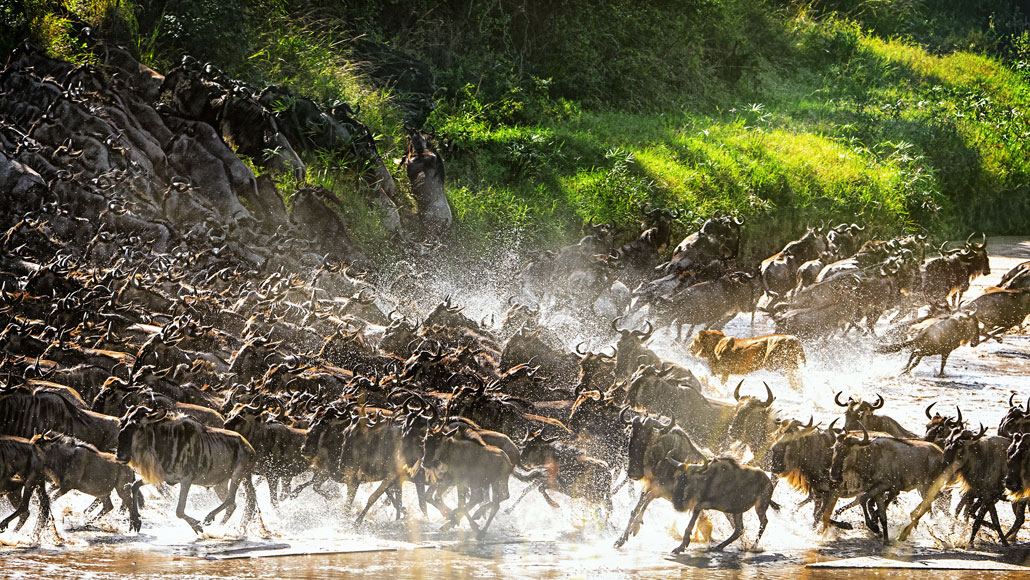HOME
Only 3 percent of Earth’s land hasn’t been marred by humans

The Serengeti looks largely like it did hundreds of years ago.
Lions, hyenas and other top predators still stalk herds of wildebeests over a million strong, preventing them from eating too much vegetation. This diversity of trees and grasses support scores of other species, from vivid green-orange Fischer’s lovebirds to dung beetles. In turn, such species carry seeds or pollen across the plains, enabling plant reproduction. Humans are there too, but in relatively low densities. Overall, it’s a prime example of what biologists call an ecologically intact ecosystem: a bustling tangle of complex relationships that together sustain a rich diversity of life, undiminished by us.
Such places are vanishingly rare.
The vast majority of land on Earth — a staggering 97 percent — no longer qualifies as ecologically intact, according to a sweeping survey of Earth’s ecosystems. Over the last 500 years, too many species have been lost, or their numbers reduced, researchers report April 15 in Frontiers in Forests and Global Change.
News Source